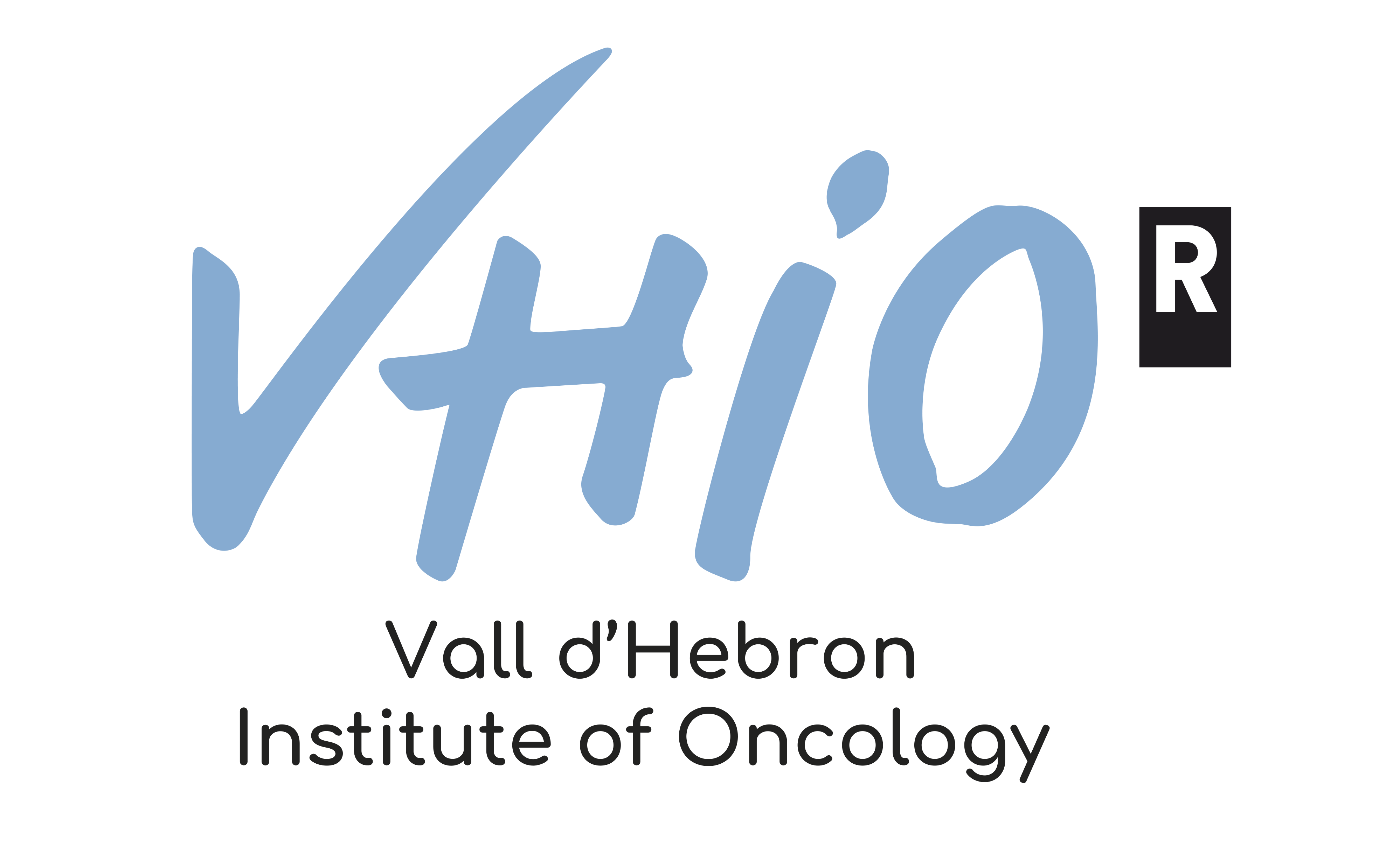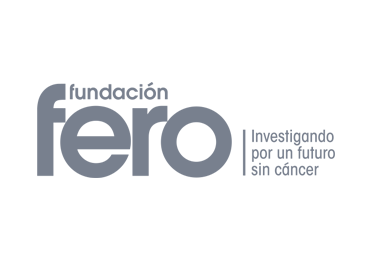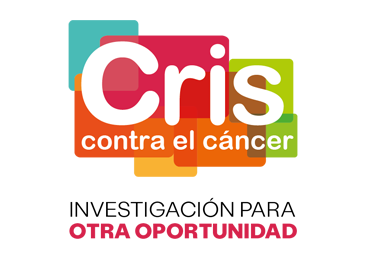• VHIO describes as many as four subgroups of HER2+ breast cancer (Luminal A, Luminal B, HER2-enriched and Basal-Like) with varying responses and benefits resulting from combined anti-HER2 targeted therapy and chemotherapy
• The first diagnostic test for these different breast cancer subtypes will soon be available at VHIO which will be key to ongoing studies
Barcelona, January 17, 2014 – Research led by the Translational Genomics Group at Vall d’Hebron Institute of Oncology (VHIO) in Barcelona has not only shown that HER2+ breast cancer can be classified into four different subtypes, but also unmasked a subtype showing both a greater response to and increased benefit from chemotherapy and anti-HER2 therapy. Such newly, refined classification of different tumor subtypes will ultimately facilitate more effective treatment tailored to a specific tumor as well as advance targeted therapy against HER2+ breast cancer.
The study led by Aleix Prat, Principal Investigator of VHIO´s Translational Genomics Group, in collaboration with José Baselga, Physician-in-Chief of the Memorial Sloan Kettering Cancer Center, New York (USA), has today been published in the journal Clinical Cancer Research. The research centers on the fact that not all HER2+ tumors respond in the same way to anti-HER2 targeted therapy. Although tumors disappear in many patients, others show no response or become resistant to anti-HER2 therapy in combination with chemotherapy. This observation led to this present retrospective study of patients treated in the phase III NOAH clinical trial, with the objective of establishing the genomic differences of both the treatment-sensitive and the treatment-resistant tumors.
Determining the molecular subtype of any breast cancer is fundamental. Until recently, breast cancer had been classified into three groups according to the presence or absence of hormone receptors and the HER2 receptor: hormone-sensitive, HER2+ and triple-negative (when not included in either of these first two groups). Over recent years however, largely thanks to the stunning advancements in genomic technologies, this classification has been finely-tuned and subsequently shown that there are at least four major breast cancer subtypes (Luminal A, Luminal B, HER2-enriched and Basal-Like). Last year, this very group of researchers refined the classification of hormone-sensitive tumors by genomics.
In this study, the group focuses on HER2+ disease. HER2+ breast cancer affects 20% of women with breast cancer and is characterized by the presence of a large number of HER2 receptors and increased proliferative activity of the respective tumor cells – all of which translates in a highly aggressive tumor and the consequent increased risk of relapse and cancer-related death. The development of HER2-targeted therapies, such as Trastuzumab or Lapatinib, has greatly improved the prospects and treatment options for patients suffering from this particular type of cancer. However, HER2+ breast cancer is still considered as a single subgroup and receives a similar kind of treatment overall, despite the fact that not all HER2+ breast cancer patients respond equally to such therapy.
This new study evaluated the response of the different molecular subtypes upon treatment with anti-HER2 therapy. The study reveals that the four genomic subtypes in breast cancer (Luminal A, Luminal B, HER2-enriched and Basal-like) are also found in HER2+ breast cancer, and they affect treatment response. “Specifically, we have found that HER2+ tumors in the HER2-enriched subtype have a highly activated HER2 signaling pathway, thereby making them especially sensitive to anti-HER2 targeted therapies such as Trastuzumab. Therefore, among the four defined subtypes, HER2-enriched benefits most from specific anti-HER2 therapy”, explains Aleix Prat.
Establishing the genomic and clinical particularities between each of the subtypes may firstly drive more individually tailored treatment strategies, leading in turn to more robust treatment for those who stand to benefit from it. Second, more effectively targeted treatments may also be facilitated for those patients who may benefit from this strategy and thus ultimately receive a more personalized, precise therapy, resulting in better and longer survival. The PAMELA study led by Prat through the support of a Susan G. Komen Foundation grant, involving various Spanish sites coordinated by the SOLTI cooperative research group, will aim to address the latter. The PAMELA study’s primary objective is to identify those patients with HER2-positive tumors who can be cured with anti-HER2 biological therapies without the need for chemotherapy.
Cancer genomics: research translated to the clinic
“There is no doubt that gene expression in breast cancer provides us with essential biological information to better determine the diagnosis, treatment, relapse risk and possibilities of survival” says Aleix Prat, “From this moment on, treatment strategies should be based on prior molecular characterization of the tumor, and we must therefore make every effort to ensure accuracy. Genomic tests provide such accuracy and are increasingly being used in daily practice. There really is no other option if we are to continue to combat cancer”, he concludes.
This study was conducted with research from the PAM50 genomic test which, in contrast to the other available tests, allows us to better define the biological characterization of breast cancer. VHIO has already assessed this test in several studies and hopes that it will be available for clinical use in the coming months.











